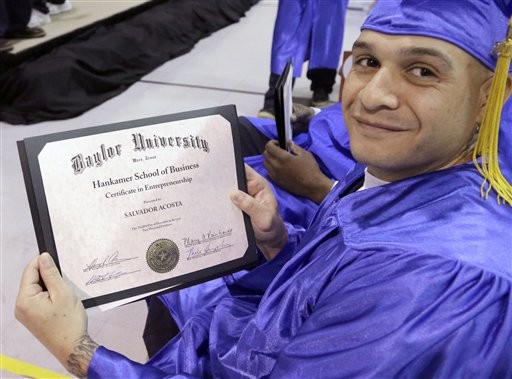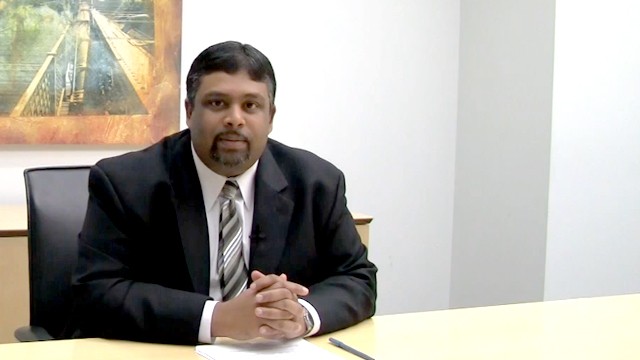Dallasarea hedge funds return to profitability as the rich recover from crisis
Post on: 16 Май, 2015 No Comment

Sonya N. Hebert/Staff Photographer
Related
The rich in Dallas have weathered the storm and have come back outside to play.
The financial meltdown of 2008 visited havoc on the Dallas hedge fund industry, with virtually all funds suffering heavy losses and deep withdrawals. But at least some of the cachet of investing in hedge funds, which all but disappeared two years ago, has returned.
Most of the area’s hedge funds have returned to profitability, and many have rebuilt their assets — the amount of money they manage — back to pre-crisis levels, according to hedge fund managers and financial experts.
“Only one or two of the funds we audited in 2010 were down,” said Bryan Polozola, an auditor and partner at BDO USA in Dallas. “And if most aren’t at the asset level they were before the financial crisis, they are close to it.”
Further, he said the number of hedge fund launches in Dallas so far this year is higher than in past years. Most of the new funds are relatively small — in the $5 million to $10 million range — but a handful launched with $25 million to $50 million in assets.
Texas is a popular location for hedge funds and ranks third behind California and New York in the number of funds. Obviously, those three states are alluring to hedge fund managers because they have a large pool of wealthy investors to mine for money.
Dallas and Houston in particular have sizable amounts of oil money sloshing about. But there’s more to it than that. Hedge funds set up shop in Dallas because it has the financial infrastructure — accountants, lawyers and money managers — to support the industry.
Also, several hedge fund managers in Dallas got their start working for the wealthy Bass brothers in Fort Worth.
“The Bass brothers hired a lot of good people, and when they left there, they started their own funds in Dallas,” said Jerry Swank, founder of Swank Capital, a Dallas hedge fund company.
Home to hedges
Dallas is home to about 125 hedge fund firms — about half of them in the Crescent — with about $25 billion in assets.
There are also funds in Houston, Austin and San Antonio, but the hedge funds in Dallas account for the bulk of the state’s 175 hedge funds and $30 billion in assets, according to Ed Easterling, a member of the advisory board of the Alternative Investments Center at Southern Methodist University’s Cox School of Business.
Before the financial crisis, wealthy investors flocked to hedge funds in search of higher returns, and new funds were common.
It’s not like that anymore, but “wealthy investors are beginning to move back into hedge funds as things have settled down,” Easterling said. “Also, institutions like pension funds and endowments are coming back.”
Hedge funds typically require potential investors to have a net worth of at least $500,000 to $1 million. They are popular with the well-heeled because there is the potential for outsized returns.
And the better-managed hedge funds protect on the downside by shorting stocks — a bet that stocks will drop.
Hedge fund managers are typically more aggressive than mutual fund managers because they are not just trying to beat the market. They seek positive returns for their clients in both bull and bear markets.
They achieve this by engaging in all manner of exotic trading strategies, such as options, futures, shorting and arbitrage. Mutual funds are prohibited from engaging in these types of speculative activities.
Not ready for ’08
Hedge funds were whipsawed by the financial crisis of 2008, with the average hedge fund down 20 percent. This was not supposed to happen. Back in 2002, when the overall stock market dropped 22 percent, the average hedge fund was at least able to post flat returns.
“Hedge funds weren’t ready for what happened in 2008,” Easterling said. “There were a lot of redemptions, and in some cases the funds had to halt withdrawals, and this made investors even more nervous.”
Perhaps as many as 20 to 30 of the Dallas-based funds closed their doors over the last two years as the wealthy went scurrying for cover.
John Howard of Howard Financial Services, a Dallas investment adviser, said that in many cases investors weren’t overly upset with the performance of their hedge funds, but they needed to withdraw their money to take care of other investment losses.
His wealthy clients are now willing to invest in hedge funds again, but they have not forgotten what happened in 2008.
“Their biggest concern is that they want to have access to their funds when they need them. They want that liquidity,” said Howard, who manages $800 million.
He said he lost some clients in 2008, but in recent months he has added more than he lost.
Hedge funds typically charge a 1.5 percent to 2 percent annual management fee and, on top of that, take 20 percent of any profits — a so-called incentive fee. With so many funds losing money in 2008, most weren’t able to collect incentive fees until last year. They call this hitting their high-water mark.
Due diligence

Swank of Swank Capital said his clients are asking a lot more questions and are more cautious than in years past. Performance is still important, but they want to be comfortable with the hedge fund manager.
“Clients are doing dramatically more due diligence, not on performance per se but on your compliance, operations, legal — all of those back-office things,” Swank said. “If you don’t have world-class attorneys, operations, prime brokers, people just won’t talk to you.
“That is part of the Madoff deal,” he said, referring to Bernard Madoff, who bilked investors out of hundreds of millions of dollars in a giant Ponzi scheme.
One of Swank’s hedge funds, Cushing MLP Opportunity fund, is up 10 percent so far this year and posted a hefty 30.6 percent return last year.
The fund, which requires a $1 million minimum investment, holds energy-related master limited partnerships, which throws off a nice annual dividend of about 6 percent.
The Cushing fund and the other hedge funds that Swank manages have hit their high-water marks, meaning the company can now charge an incentive fee again. Still, Swank said, investors are moving slower.
“The mood is better than it was two years ago, but there is still an incredible hangover from 2008, which makes people very conservative in putting money to work,” he said.
The most popular hedge funds in Dallas are involved in the so-called long/short strategy.
The typical long/short fund might hold 70 percent of its stocks long and 30 percent short.
Dallas is also home to several energy-related hedge funds and funds that bet on mergers, which are called risk arbitrage funds.
Whatever the strategy, the goal is to achieve solid returns without the volatility of the typical stock mutual fund.
That’s the goal, but it doesn’t always turn out that way, as 2008 showed. But Easterling and other hedge fund experts counter that the industry has been unfairly maligned because of a few bad apples — Madoff being the primary example.
“The average hedge fund investor doubled his money this past decade, but the average stock market investor barely broke even,” Easterling said. “A portfolio of hedge funds will have one-third the volatility of the stock market.”
Some might debate that point, but apparently the rich believe it and are willing to make that bet.
“The reason that wealthy people invest in hedge funds is they are greedy,” Easterling said.
“They are willing to pay a little bit more of a premium in order to get higher returns with less risk.”














